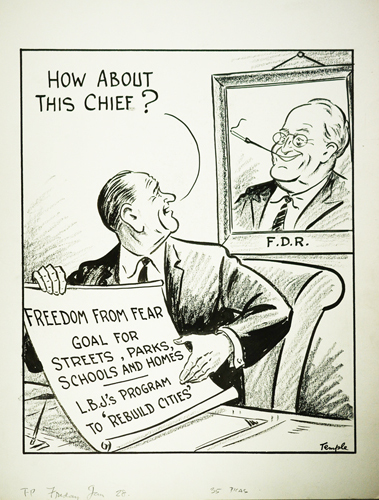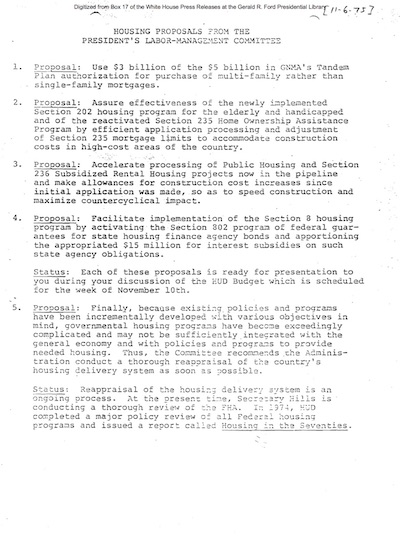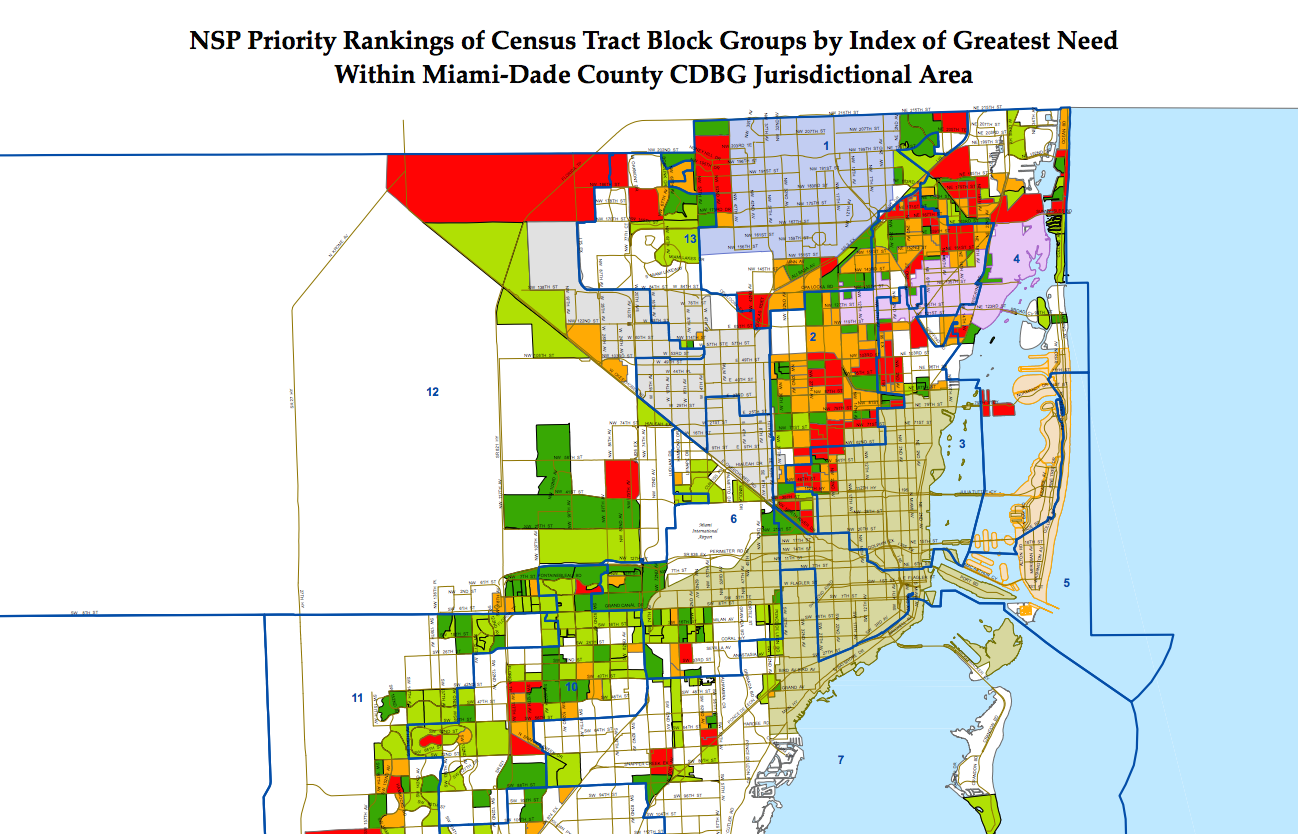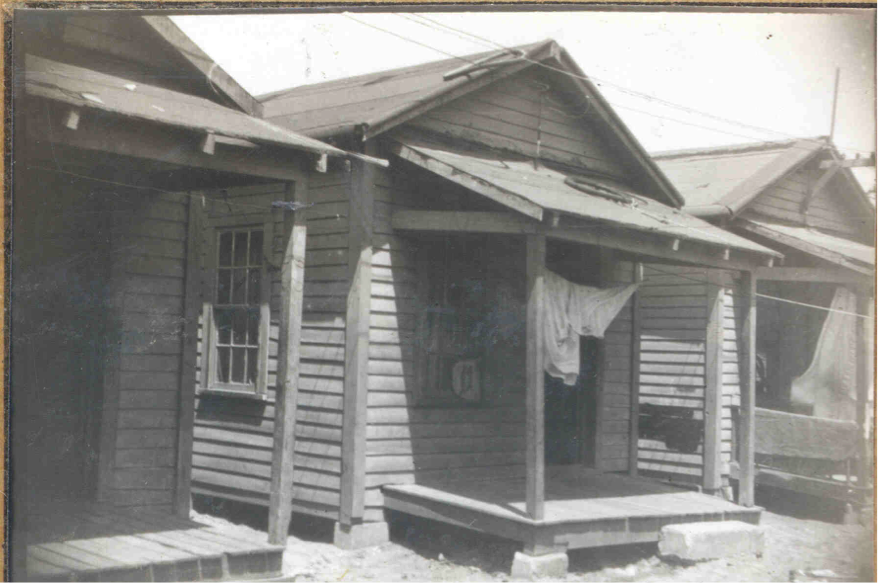
Shotgun shacks in Overtown, c. 1950s. |
The landmark Housing Act of 1949 established providing a "decent home in a suitable living environment for every American family" as a national policy objective. This legislation was the first major federal effort to address the needs of cities in the postwar period. The Act authorized new federal funding for localities for slum clearance and urban redevelopment initiatives. To redevelop substandard residential properties, jurisdictions were able to acquire federal funds for acquisition activities, demolition, and site preparation. The Act also provided funding for the construction of 810,000 public housing units to replace the demolished slum properties, increased and extended Federal Housing Administration mortgage insurance, and provided resources for housing research and technical services. Substantially more low-income housing was razed than built with this program, however, and by 1954 just 25% of the proposed 810,000 units had been completed nationwide, in part due to congressional underfunding and real interests undermining local public housing construction. Slum clearance efforts in Miami, as in other cities, were severely limited by the effective lobbying efforts of landowners as well as and political infighting and resistance at the city, county, and state levels. During the 1940s and 1950s, white landlords owned over 70% of all the residential properties in the Overtown area. In 1947, deteriorating, wooden shotgun shacks still made up close to 80% of all of the housing stock in Overtown. |



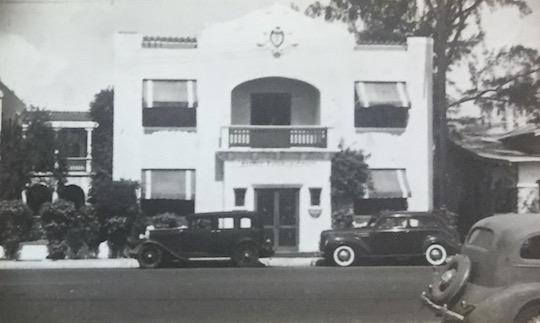
 National Housing Act, 1934.
National Housing Act, 1934.

